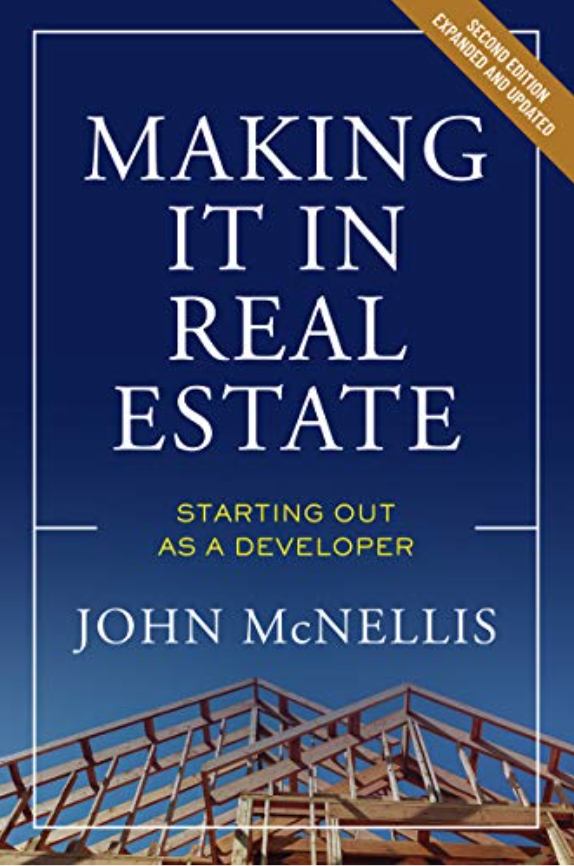Instacart, a San Francisco start-up, announced it had received $8.5 million in institutional funding last week. The company is a same-day home-delivery service for groceries. Given that delivery boys represent perhaps the world’s third-oldest profession, why would anyone invest in such a decidedly low-tech enterprise?
For starters, Instacart is different—both physically and metaphysically—from its most recognizable home-delivery competitor, Safeway.com. Safeway actually owns groceries, supermarkets, warehouses, a fleet of trucks and a vast distribution system. Instacart owns nothing but a simple idea. Instacart’s idea—like every other in the crowded field of crowdsourcing—is to put people together, this time those willing to shop with those who aren’t. If you want Instacart to shop for you, you download its app, fill out your shopping list then await your delivery. If you want to be an Instacart personal shopper, you sign up, then dash about in your own car to Whole Foods, Trader Joe’s, Costco or (guess who?) Safeway, buy the groceries and deliver them to the waiting customer, maybe earning a fat tip by nailing the promised delivery window.
Safeway charges $12.95 for deliveries under $150 (that’s about two steaks and a head of lettuce) and $9.95 for deliveries over $150. At first glance, Instacart appears cheaper—it charges only $3.99 for deliveries. But, it freely admits that its merchandise prices differ from the stores’. “Our prices can be lower, the same or higher than the store price,” it says on its Web site. According to a review on Yelp, Instacart charges 15 percent or 20 percent more than the grocers are charging.
Thus, if you had $200 worth of groceries delivered by Safeway, it would cost an extra $10. (Safeway doesn’t allow tipping.) If you had $200 worth of Safeway groceries delivered by Instacart it would cost you an extra $34 (the 15 percent upcharge and $4 delivery fee), plus the tip the hipster delivery person is assuredly expecting. Even with a cheap tip, that’s still another $10 to $20.
Why would anyone pay so much more for the identical product and service? That’s easy: It’s cool to have a fellow hipster—say a would-be actor—hand you your groceries, way cooler than a real delivery person who just doesn’t get you. Baby boomers pay twice as much for shirts if they have an alligator or polo insignia; Generation Y overpays if the product feels hip and environmentally cool. (How a personal shopper running around town in a battered Camry leaves a smaller carbon footprint than a small truck making dozens of deliveries in an orderly sequence is another story.)
So who are Instacart’s target customers? If you eliminate everyone who has more time than money, you’re down to, say, 5 percent of the population. And if you subtract from that select group those with easy access to a supermarket (that is, every suburbanite in America), and then reduce that number by the fussy who care about inconsequential things like sell-by dates and truly fresh produce (if you think your personal shopper is going to spend 10 minutes conducting exit interviews with tomatoes, your pajamas still have feet), then Instacart’s total addressable market is down to this: well-to-do Gen Y apartment dwellers without cars living in major cities.
Instacart clearly thinks serving this minuscule group with an easily replicable service is a great business model. It could be right—at least a few other Internet geniuses are jumping into the business. Just as Instacart has started in San Francisco, AmazonFresh began its home grocery-delivery business in Seattle and is now open for business in Los Angeles. And the field seems to be attracting new competitors.
On the other hand, Wal-Mart Stores Inc., arguably the world’s savviest retailer, announced in June that it is not expanding grocery home-delivery trials because of doubts over whether sufficient consumer demand exists.
Home delivery has been around as long as grocery stores have existed. But the service has been an accommodation to favored customers, a small loss leader, akin to selling Thanksgiving turkeys below cost to pull customers in the door. Consumer demand aside, it could be that Wal-Mart quickly understood that no profit exists in home delivery. At a minimum, they know it means the loss of all the highly profitable impulse buying we do when shopping.
Thus, the very idea of massively scaling up home-grocery delivery makes me wonder if Silicon Valley is once again partying like it’s 1999, inhaling the nitrous and blowing up the New Year’s balloons.
In fairness, I should disclose that if I think it is a bad idea, you should probably rush out to buy the stock. I have been wrong so many times about new retail concepts that I’m almost a reliable counter-indicator. I thought Starbucks would never last, that Noah’s Bagels would go nationwide (it tanked), that no one would ever pay good money for bottled water and, more recently, that a woman’s store devoted solely to yoga clothes (LuluLemon) was crazy.
But great idea or irrational exuberance, looming over this rush to bring groceries direct to your front door is a small matter of precedent: Home delivery on a major scale has been tried before, with catastrophic results. Before it imploded in 2001, Webvan roared through $375 million in investor money like an Atlas missile burning liquid oxygen. Interestingly, the world’s most successful venture capital firm, Sequoia Capital, was Webvan’s lead investor and is now Instacart’s principal backer. George Santayana famously opined, “Those who cannot remember the past are condemned to repeat it.” This time around, those who lived the past are repeating it—at least to the tune of $8.5 million.


